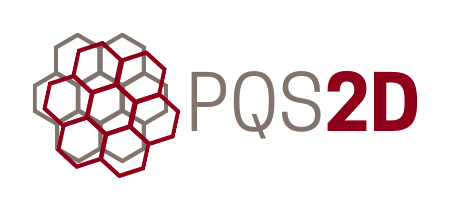The PQS2D group has access to state of the art instruments and facilities across Canada. Explore the facilities in Ottawa, Montreal, Waterloo, Sherbrooke, and Vancouver.
Ottawa
facilities

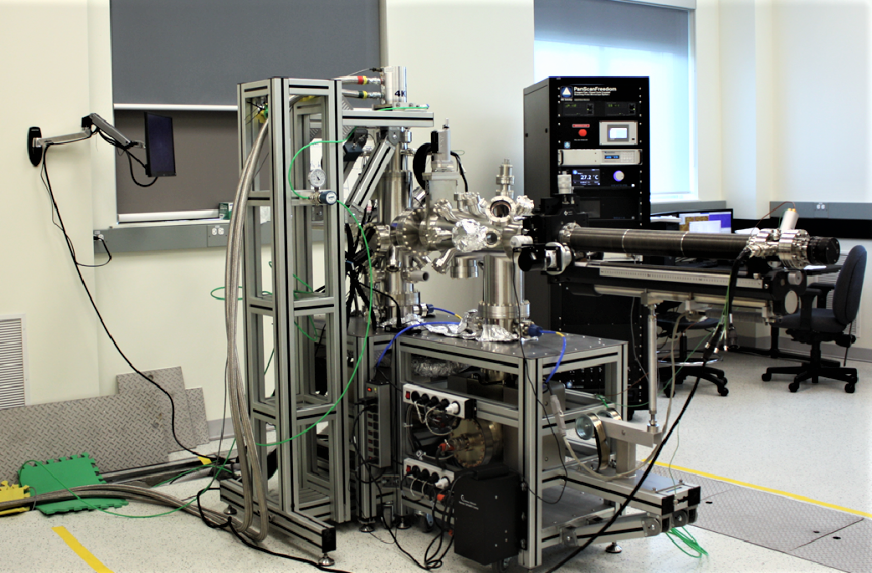
The Luican-Mayer Lab
Prof. Luican-Mayer’s laboratory has state-of the art low temperature STM/STS as well as a 2D material stacking station. Her group has access to state-of-the-art cleanroom nanofabrication user facilities at uOttawa.
NanoFab
The NanoFab Facility at the University of Ottawa specializes in nanofabrication and characterization
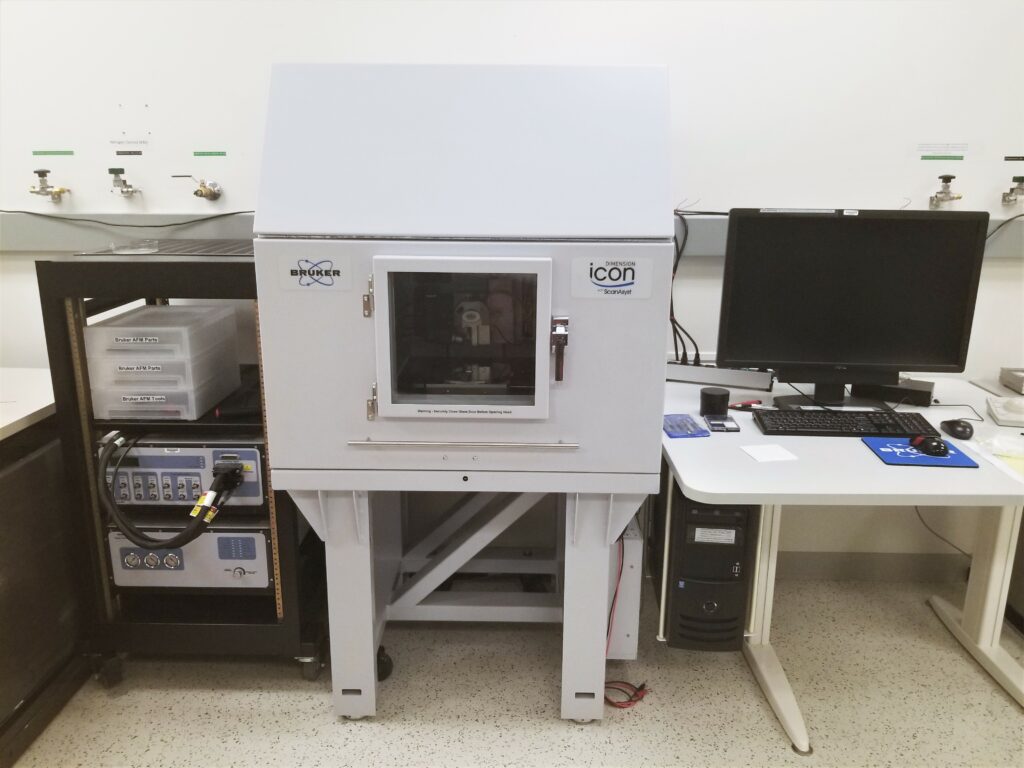
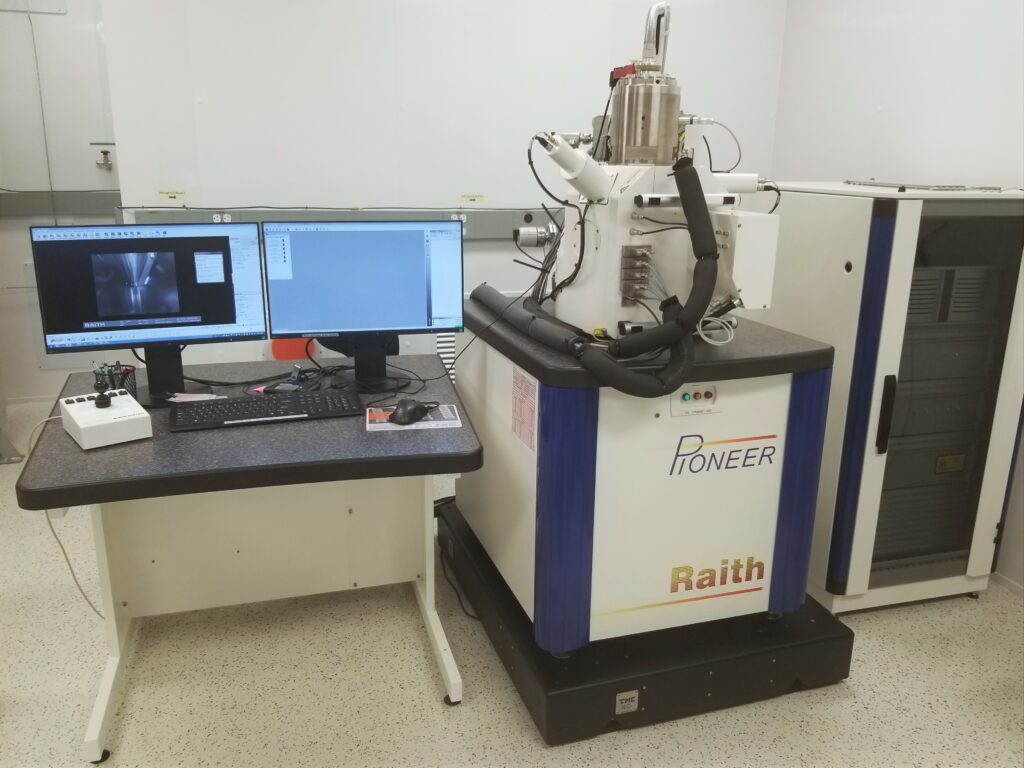

Prof. Hawrylak’s Quantum Theory Group
Ab-initio tools, tight binding methods, million atom simulator for quantum dots QNANO with mbody and excitonic effects, dedicated computer cluster Hercules 200CPU, access to 60,000 Niagara computer cluster, exciton and transport codes, theory of quantum dots in 2D material.

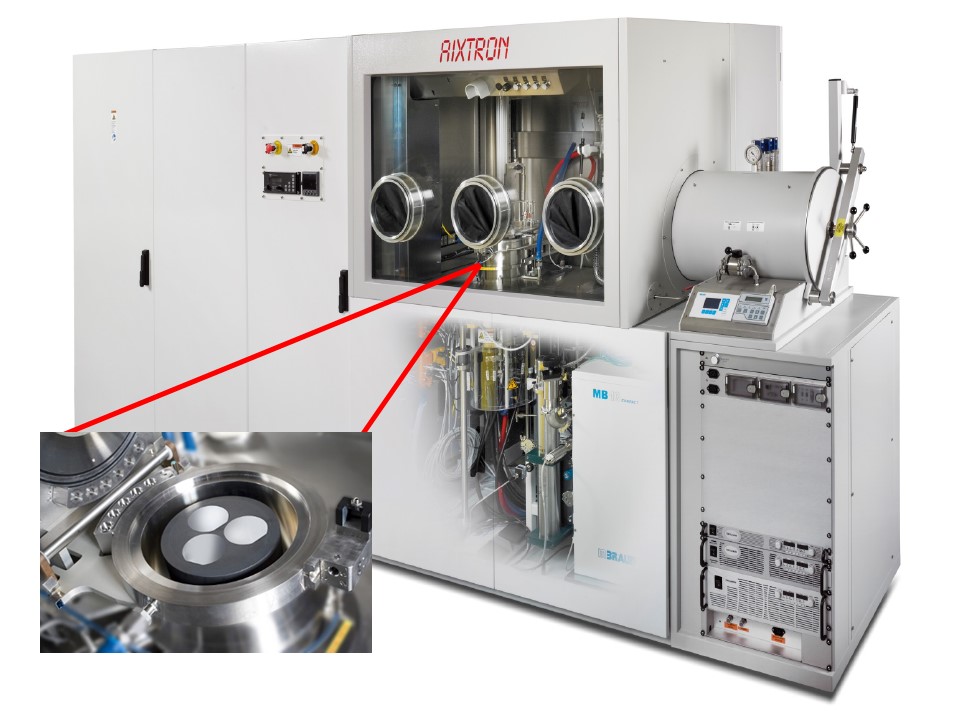
2D MOCVD Lab
Prof. Gupta’s lab at uOttawa has a state-of-the-art AIXTRON MOCVD system for growth of 2D materials, one of a few in the world. It includes a research-scale Aixtron 3X2” Close-Coupled Showerhead system.
National Research Council Canada (NRC)
Dr. Gaudreau coordinates electron beam lithography with the nanofabrication facilities at the National Research Council Canada to fabricate devices. His lab has a dry dilution refrigerator with an 8T magnet and optical access allowing photocurrent and PL mapping experiments with submicron resolution. It also has a 1.5 K dry cryostat with an 8T magnet and optical access.

Montreal
facilities

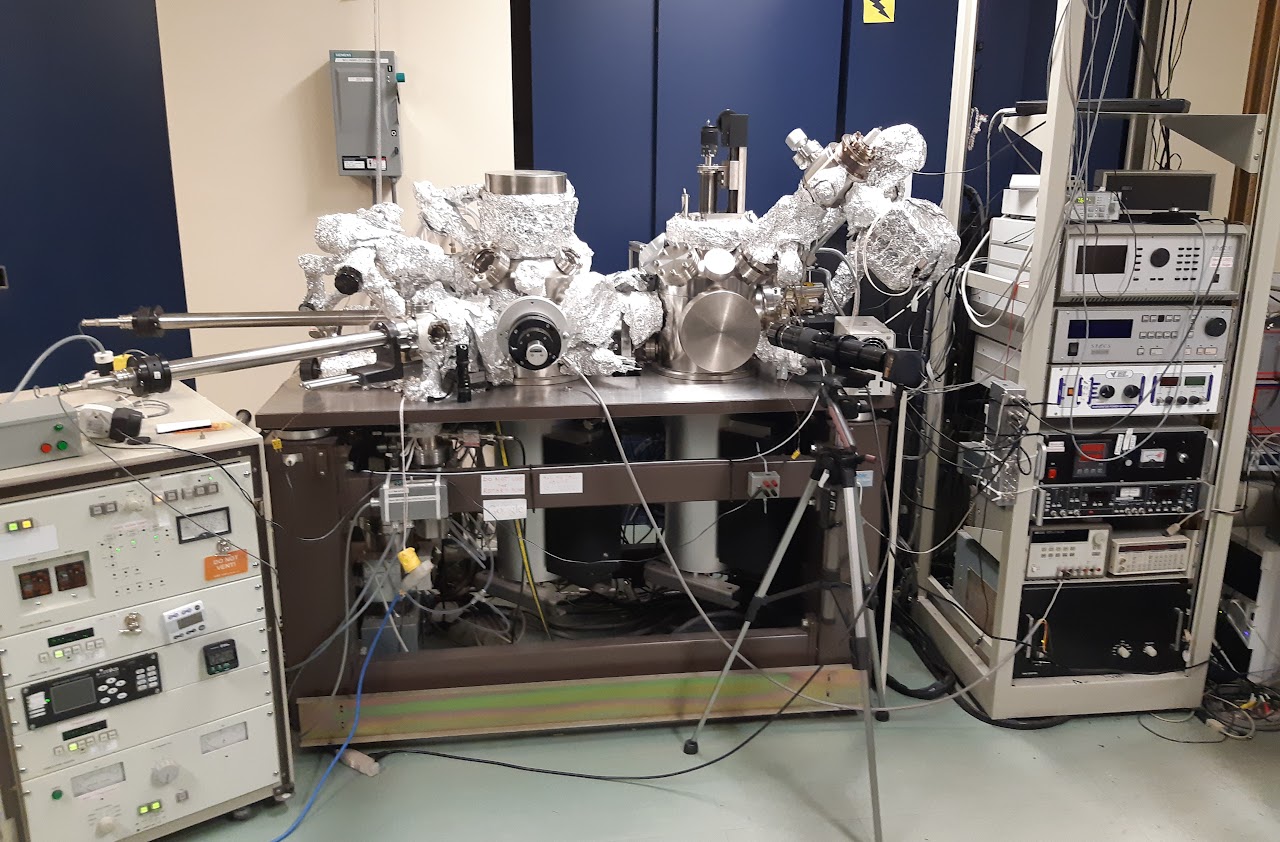
Grutter Research Group
Prof. Grutter lab has state of the art and innovative nc-AFM room and low temperature equipment in his laboratory. His group also has access to a nanolithography tool used for patterning atomic defects (Nanofrazor).
Nanotools
The McGill Nanotools Micro and Nanofabrication Facility is a shared facility serving academic, industrial and government
researchers in micro- and nano-technology.
Waterloo
facilities
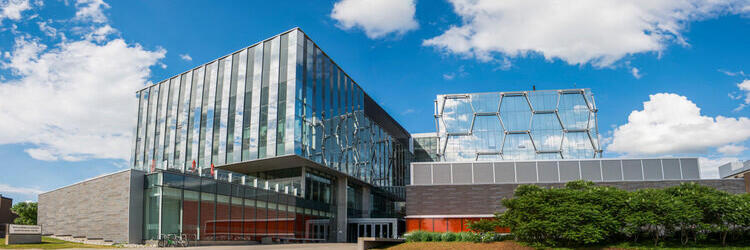
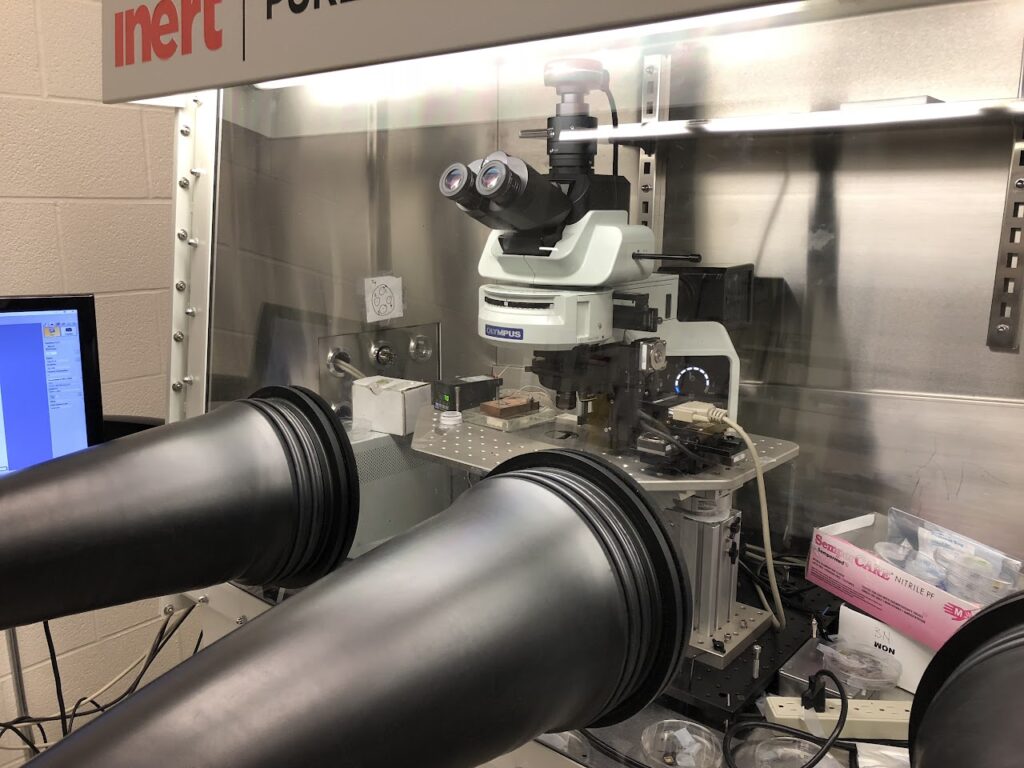
Prof. Tsen’s Group
Prof. Tsen’s laboratory has motorized microscope/transfer stage in glovebox for deposition of magnetic 2D films. He also has several low temperature quantum transport set-ups
Sherbrooke
facilities
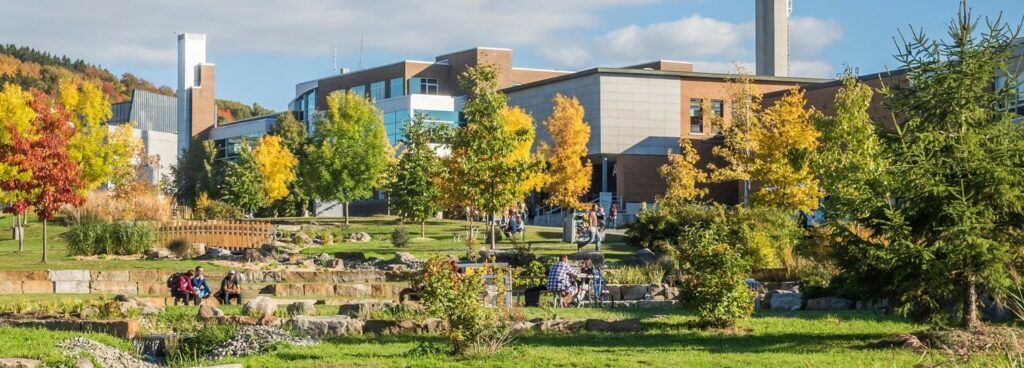
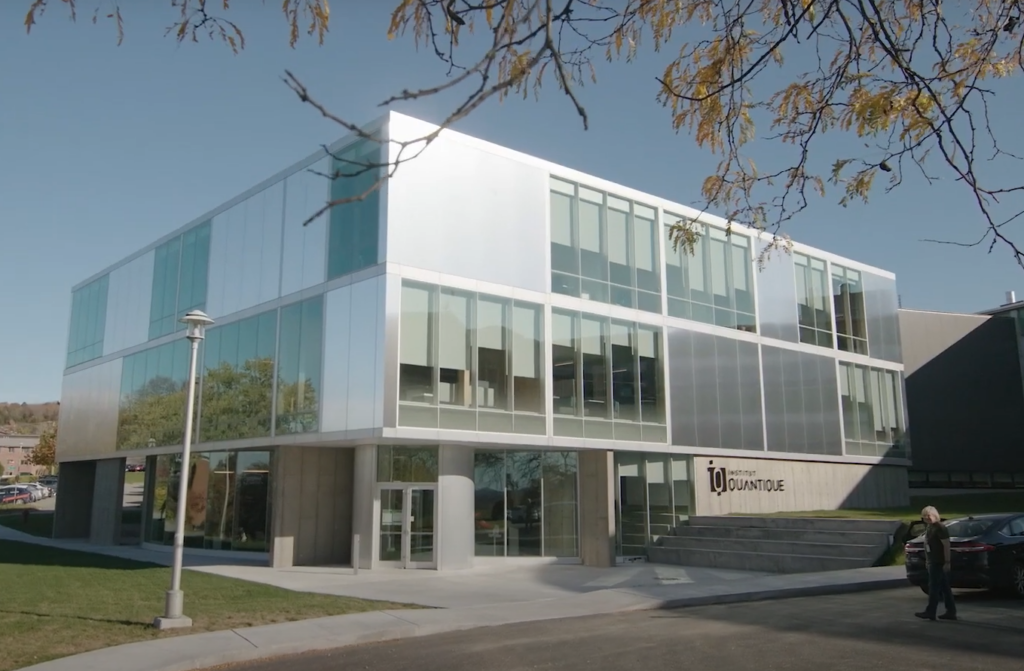
Institut Quantique (IQ)
The Quantum FabLab has cryo-free dilution refrigerators, VTIs, PPMS, and a micro-PL setup.

Interdisciplinary Institute for Technological Innovation (3iT)
The 3iT has a wafer bonder which could enable large-scale transfer of TMDs. It also has a 10 nm resolution E-beam writer, an ALD, and instruments for plasma etching and metal deposition.
Vancouver
facilities

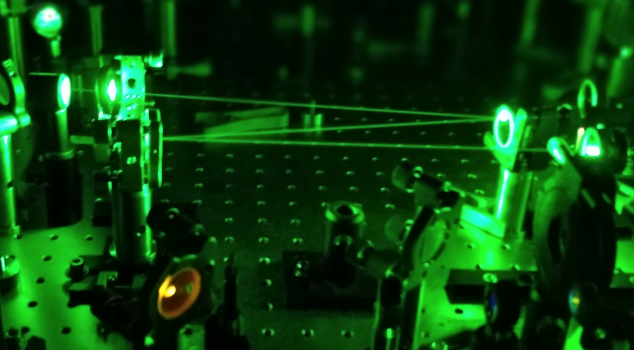
Ye Research Group
Prof. Ye’s lab house a home-built tunable optical parametric oscillator dedicated to multidimensional coherent spectroscopy (MDCS). The MDCS spectrometer uses a colinear geometry and can provide a diffraction limited spatial resolution.
